latest
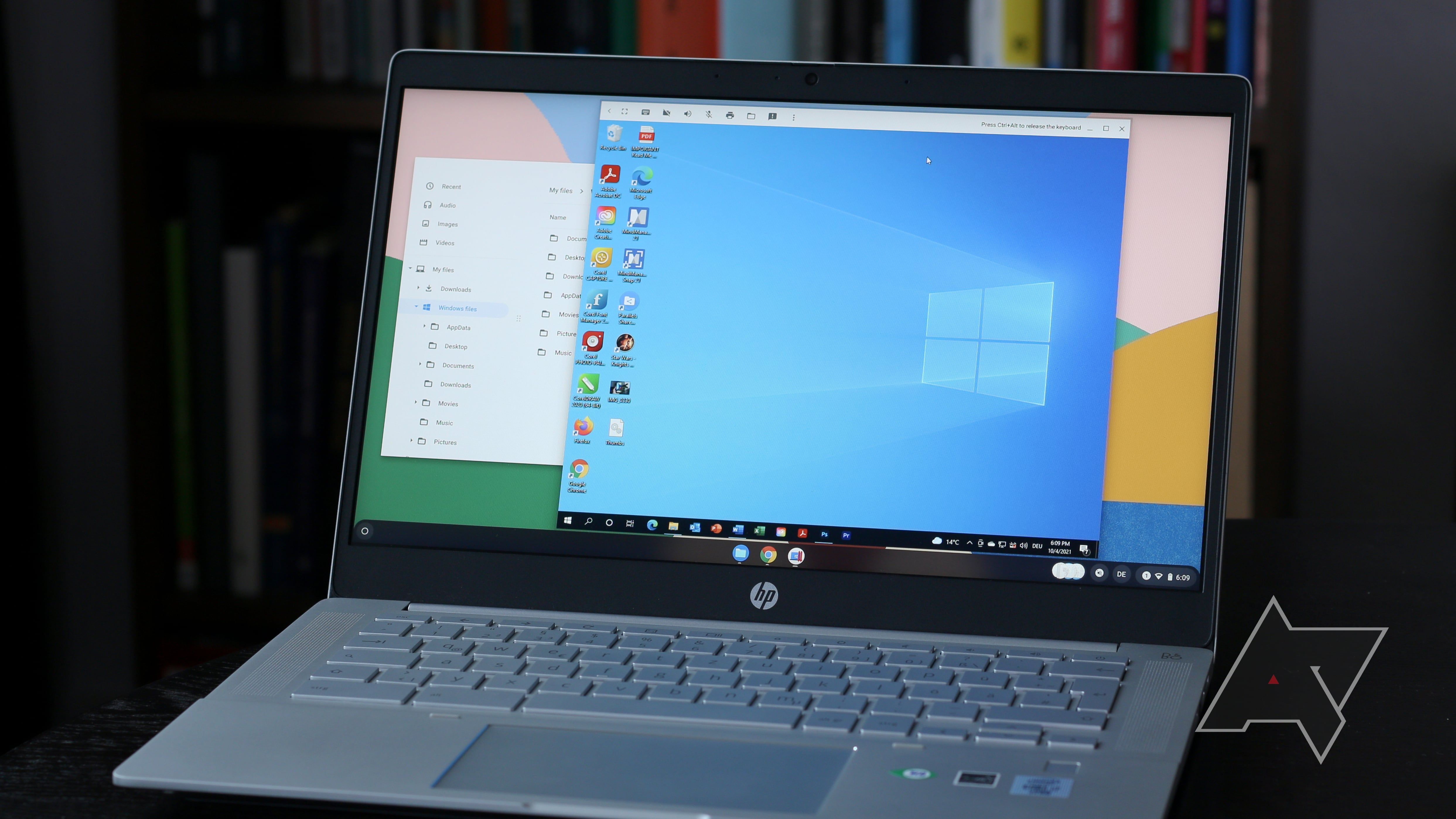
Three weeks with Microsoft Windows on Chrome OS: The last piece of the puzzle
Parallels Desktop for Chrome OS is here for those of us who need a Windows app every other fortnight
I love Chrome OS. In fact, I love it enough to have used a Chromebook as my daily driver for a long time. But unfortunately, I keep running into limitations, even though the operating system has come such a long way compared to its early days. But despite Linux support, there are some indispensable programs only available on Windows and macOS that I keep coming back to, like the Microsoft Office suite and Adobe Photoshop. That's where Parallels comes in, the Windows virtualization machine known mostly by macOS users.
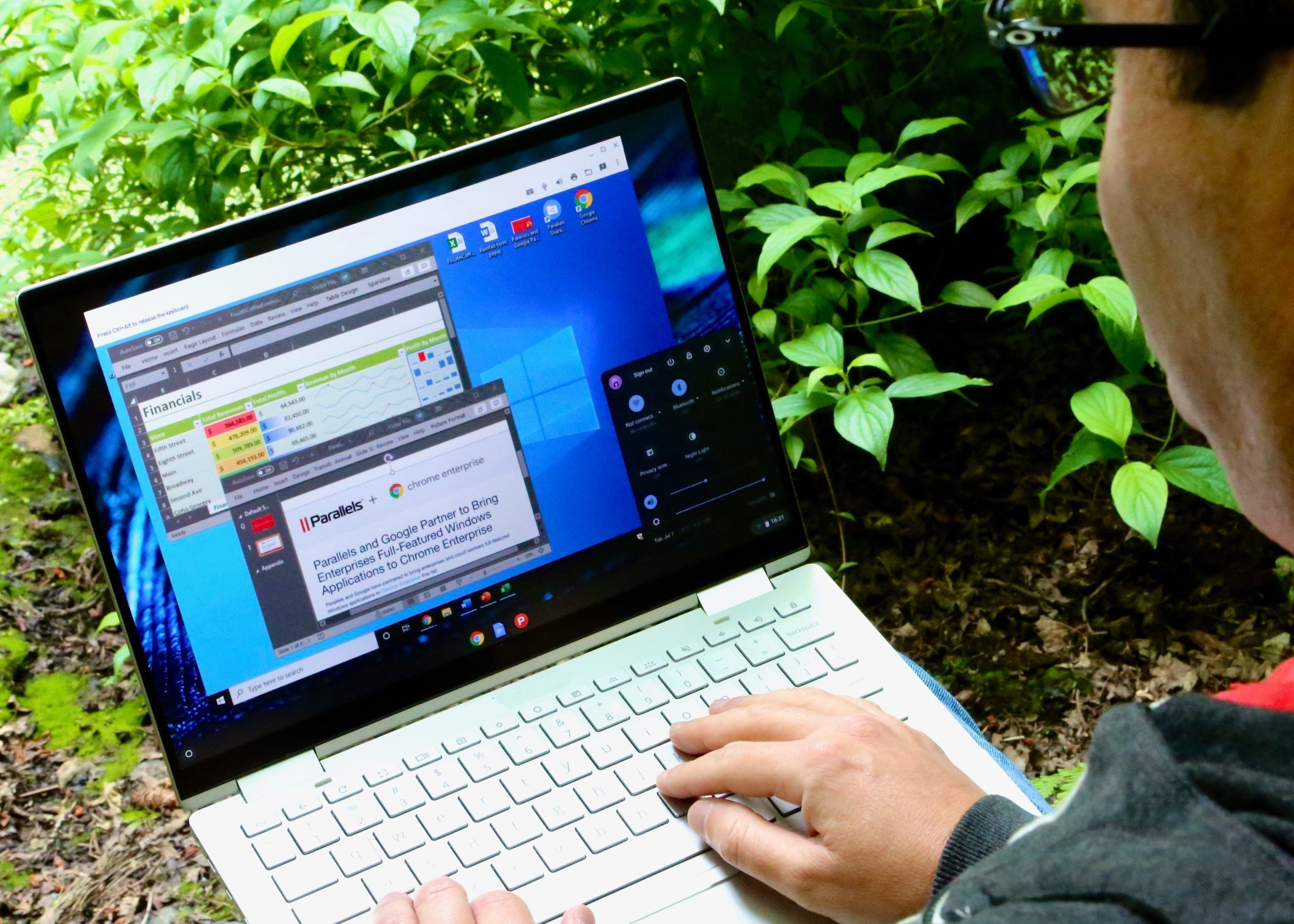
More Chromebook models can now run Windows apps in Parallels
Still only for enterprise users, but it's something to get excited about
Parallels, a Windows virtual machine app for Chrome OS, is now available on more Chromebooks with the inclusion of AMD Ryzen processor support. VM users are also getting further access to USB and other peripherals as well.
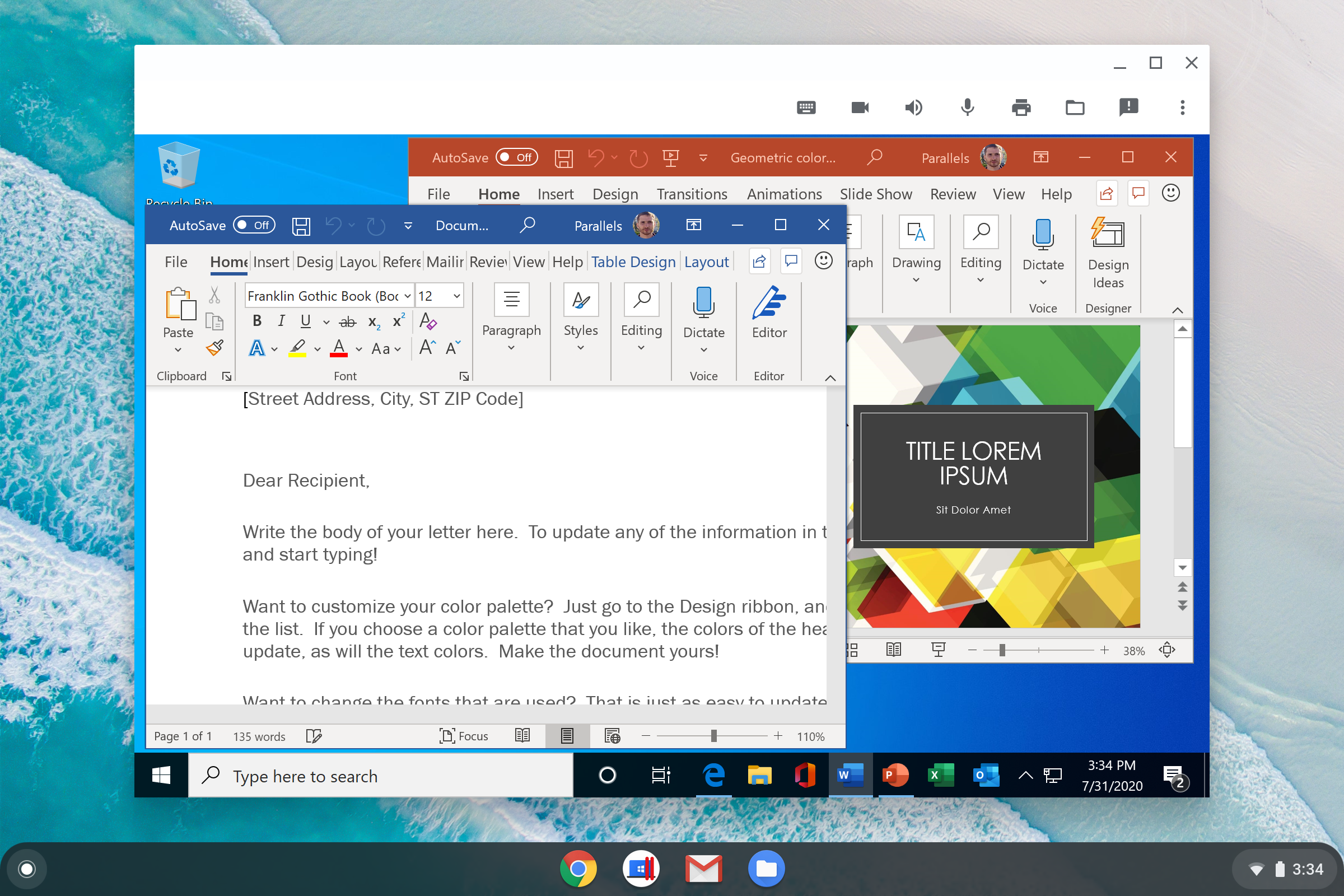
Parallels brings Windows apps to Chrome OS, but you probably can't use it yet
Coming to Enterprise users only
Hot on the heels of its competitor CrossOver, Parallels has announced that its Windows virtualization service is now available on Chrome OS for Enterprise, allowing businesses to run a full Windows emulation right on their Chromebooks. This follows months and years of preparation work, with initial teasers landing in June and August.
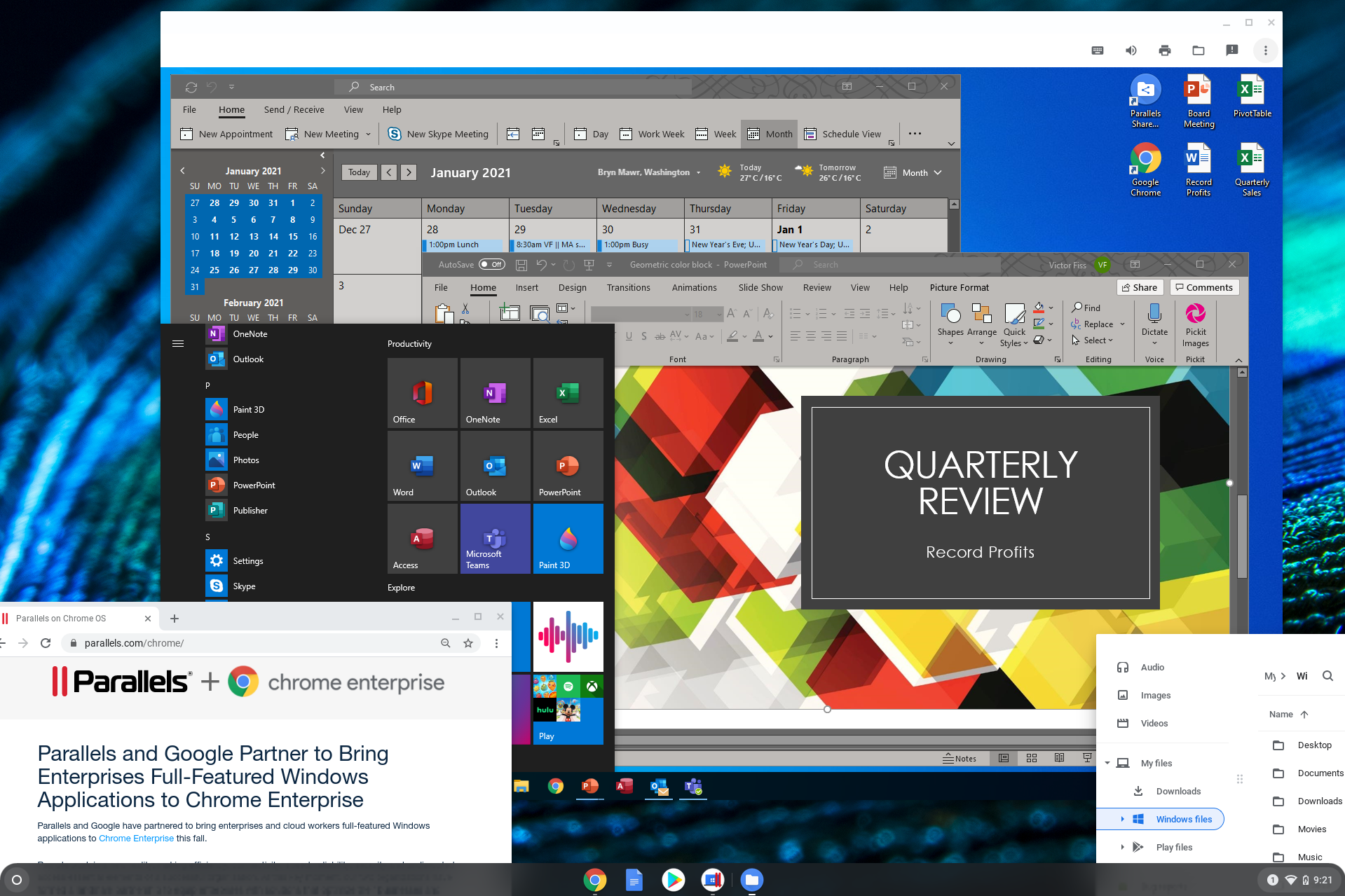
You'll finally be able to run a Windows virtual machine on your Chromebook with Parallels
But it'll be exclusive to Enterprise users at first
Chromebooks were initially designed to be lightweight web-browsing laptops but gradually started gaining more features, especially when it came to offline computing. However, unlike macOS or Linux, Chrome OS doesn't have the ability to locally run Windows apps, which can sometimes be essential, especially when it comes to corporate apps. Back in June, Parallels and Google announced a partnership stating Chromebooks would soon be able to run Windows apps "seamlessly." The promise is now closer to reality, with the Parallels Desktop for Chromebook Enterprise set to be released this fall.
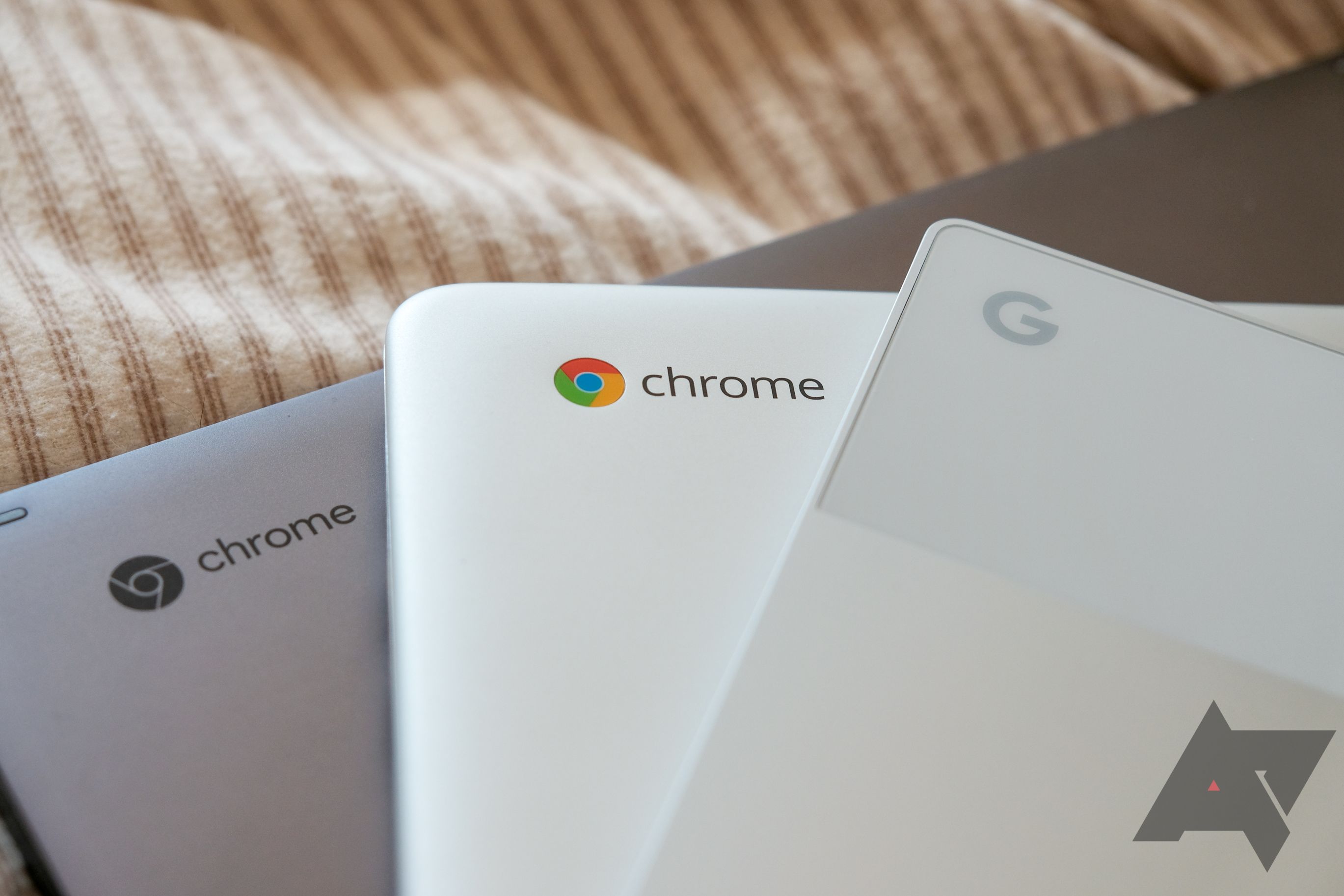
Google is going all-in on Windows app support for Chrome OS
This sounds like a serious consumer project now, not just some weird enterprise thing
Last month, Google announced that Chrome OS was getting support for Windows apps via Parallels, and while we knew the "why?" much of the "how?" remained to be determined. But in an interview today with The Verge, Google is revealing more of the juicy details behind the change.
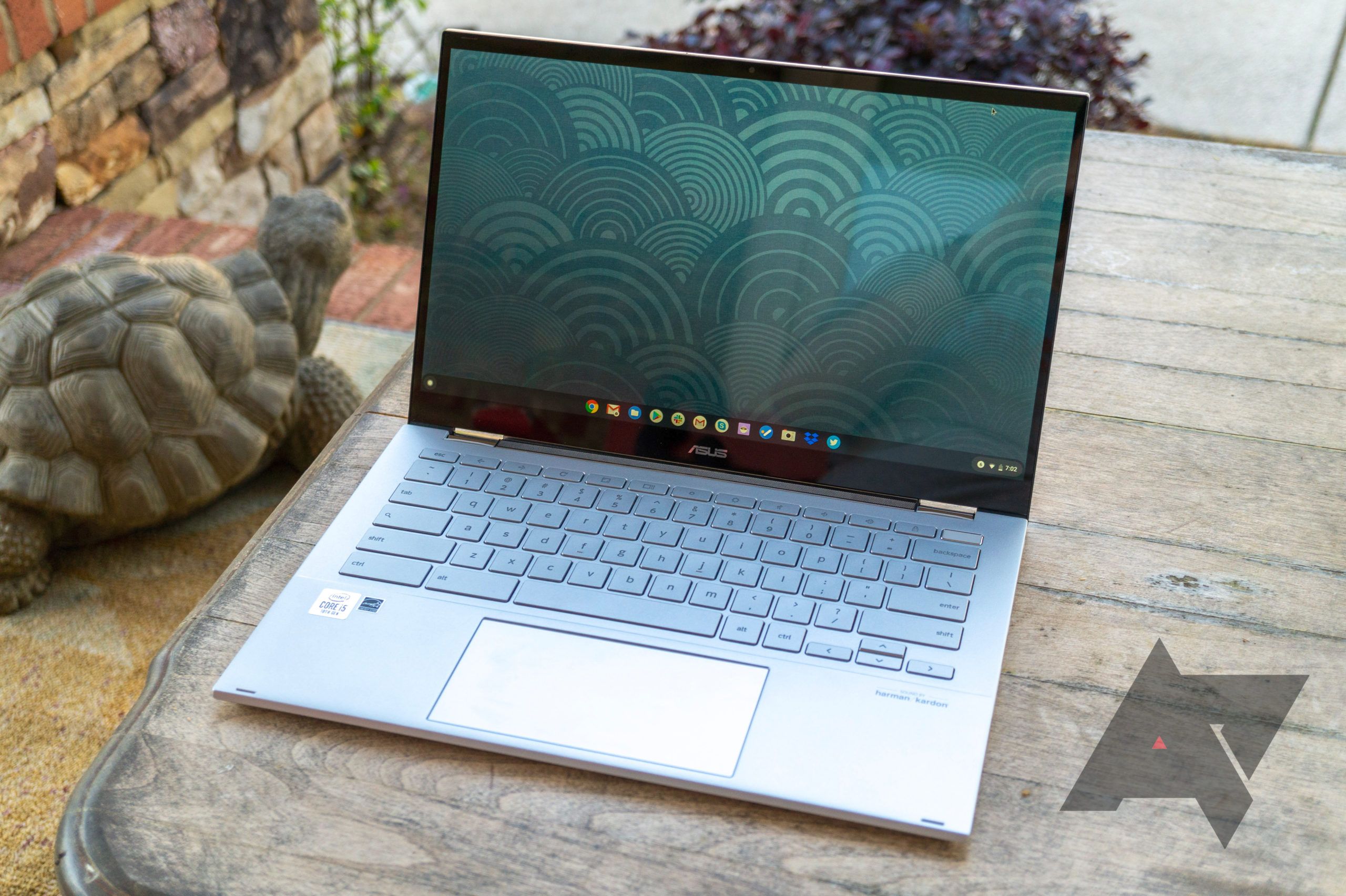
Google and Parallels announce plans to bring Windows apps to Chromebooks
The functionality might only be available to enterprise customers
Chromebooks weren't originally designed to run traditional PC software, but Google is slowly attempting to fill that gap. Chrome OS already has an optional Linux container for running some desktop software (albeit with poor graphical performance), but now Windows applications will soon appear on the platform in some capacity
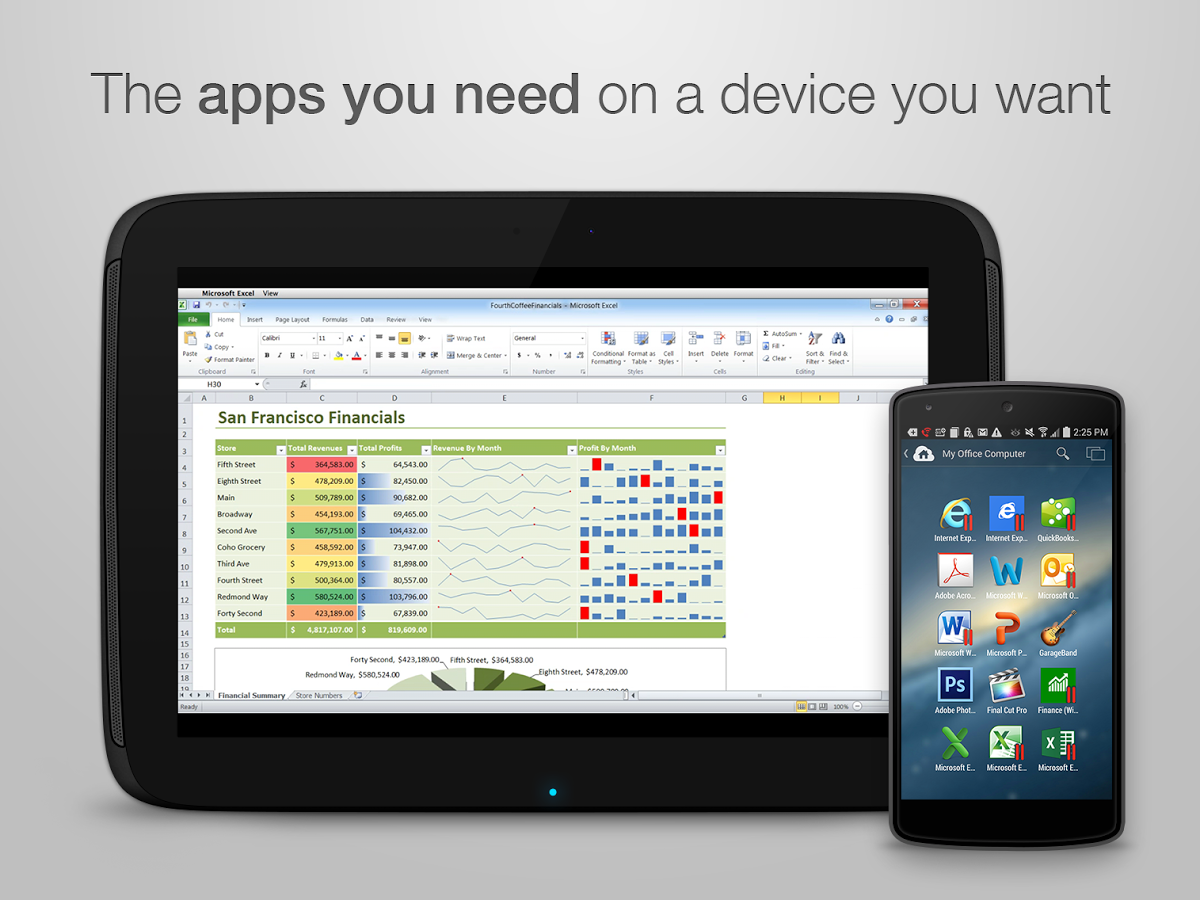
Most remote access apps just beam your computer's screen to the phone, but Parallels does a bit more. It has a handy app launcher and full-screen rendering of desktop apps. It's not free, but maybe the latest update will entice you to pony up some cash.
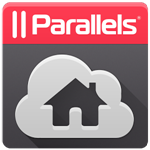
Accessing and controlling a full-sized desktop on a handheld machine is no task for the timid, and making a tool to do it isn't easy, either. But virtualization software vendor Parallels knows a trick or two, and they've added one or two more into the Android version of Access. The latest update includes new tools to access remote computer files, better compatibility for the S-Pen stylus on Samsung Galaxy Note phones and tablets, and better audio options.
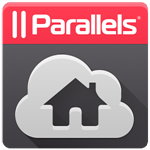
There's really no easy way to remotely access a full desktop machine from a smartphone or tablet, but bless their hearts, the people at Parallels are trying. Their latest product, Parallels Access, attempts to translate remote access into an interface that's more familiar. It crams the basic functions of remote access into a more manageable form, attempting to make the applications on your computer act like Android apps on your phone or tablet. Results are... mixed.

A few days ago, I posted about a student project at a Russian University that aims to run two or more instances of Android at the same time on a single device. It's a technology called virtualization, and we already use it on web servers and developer machines everywhere.
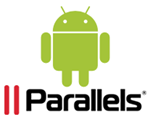
Go ahead and file this one in the Super Cool Tech category. A Russian blog, Rozetked.ru, posted video of a Galaxy S2 running two copies of Android at the same time. The three-and-a-half minute video takes us through a demo switching between a pair of ROMs while playing music from both, proving that the hardware resources can be shared. After the audio segment, we are shown decently high frame rates on a 3D benchmarking app and Angry Birds. According to the team behind the project, running two concurrent instances of Android only takes about 10% off of battery life while the impact on system speed is negligible. Unfortunately, the voiceover and original subtitles are in Russian, but the automatic translation on YouTube does a passable job of clearing things up for the rest of us. (You may need to manually enable subtitles.)







